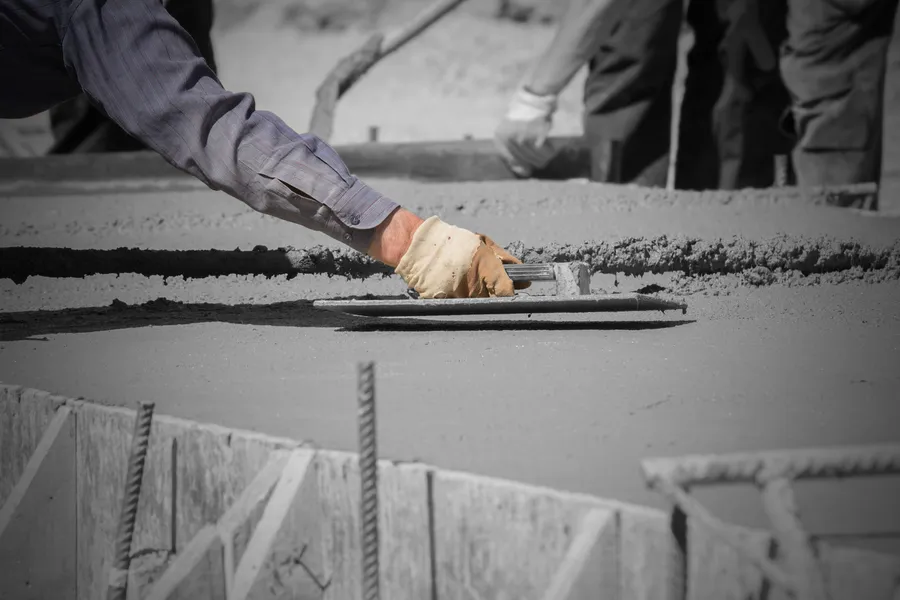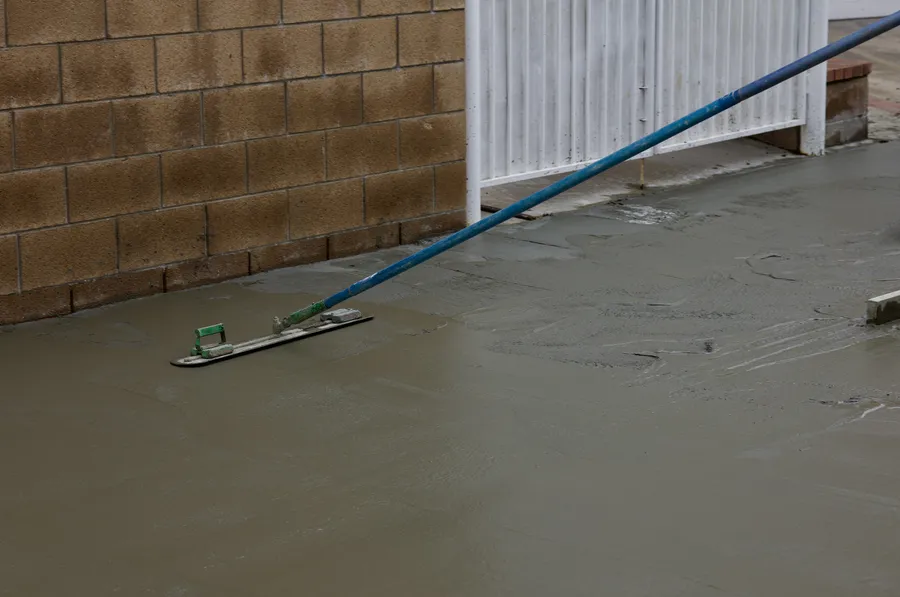Avoid These Pitfalls for the Best Concrete Projects
If you’re planning a concrete project, understanding common mistakes is crucial. Concrete resurfacing can breathe new life into old surfaces, making them look brand-new again. However, several pitfalls may hinder achieving optimal results. This guide will help you identify these missteps and ensure your efforts yield long-lasting outcomes. By being informed, you position yourself for success when tackling concrete projects.

Importance of Surface Preparation
Before beginning any resurfacing job, proper surface preparation is vital. Many skip this step, leading to poor adhesion and eventual failure. Start by cleaning the area thoroughly to remove dirt, grease, or old coatings. Use a pressure washer for stubborn grime. Next, inspect for cracks or pits and repair them with appropriate fillers. A well-prepared surface ensures that your new layer bonds effectively, resulting in a durable finish.
Choosing the Right Resurfacing Material
Selecting suitable materials is another critical factor for successful projects. Not all resurfacing compounds are created equal. You must consider factors like the climate, traffic load, and aesthetic preferences. Some products offer better moisture resistance, while others provide superior abrasion resistance. Research different options and consult with professionals if needed to avoid common errors associated with material choice.

The Art of Proper Mixing
Proper mixing techniques are essential for resurfacing compounds to perform effectively. Follow manufacturer instructions closely when adding water and other components. Over-watering leads to weakened structures, while under-watering causes improper curing. Consistency in texture is key. Mix until you achieve a smooth, lump-free paste for easy application.
Application Techniques to Master
Applying the compound correctly makes all the difference between a professional-looking result and an amateur one. Always begin at one end and work methodically towards the other. Use a trowel or squeegee for even spreading. Maintain a consistent thickness across the surface to prevent weak spots that are prone to cracking. Practice steady movements, ensuring no air pockets form beneath the overlay.
Curing Time Matters
Curing allows the material to reach full strength and durability. Many overlook this crucial aspect by either rushing or neglecting it altogether. Proper curing time varies depending on environmental conditions and product specifications. Generally, avoiding traffic and excessive moisture during this phase is wise. Adhering to recommended timelines promotes a strong bond and reduces premature wear.
Avoiding Environmental Damage
Environmental factors greatly influence the final appearance and longevity of your concrete work. Extreme temperatures can cause rapid drying or freezing, affecting integrity. Shield fresh surfaces from harsh sunlight using tarps or similar coverings. Additionally, protect against rain or snow exposure until fully cured to safeguard your investment against weather-induced damages.
Cost Implications of Mistakes
Mistakes not only impact quality but also inflate costs significantly. Repeated corrections increase labor expenses and material waste. By prioritizing precision through every stage-from preparation to finishing-you save money in the long run without sacrificing quality.
Make Informed Decisions for Success
Understanding these common mistakes aids in delivering exceptional results for your next project. Prioritize detailed preparation and adhere strictly to best practices when selecting materials, applying compounds, and respecting cure times. For expert guidance tailored specifically to your needs, contact Mendoza Paving and Concrete LLC. Our team based in New Haven, CT offers comprehensive solutions designed uniquely for you. Reach us at (203) 850-2662 today!